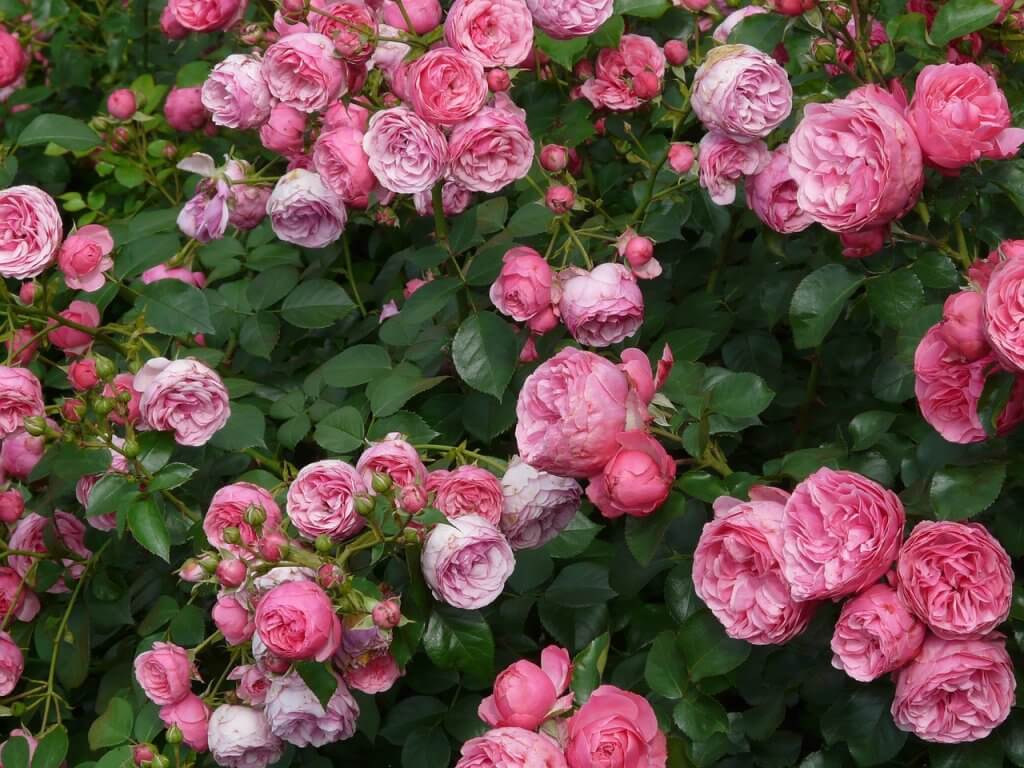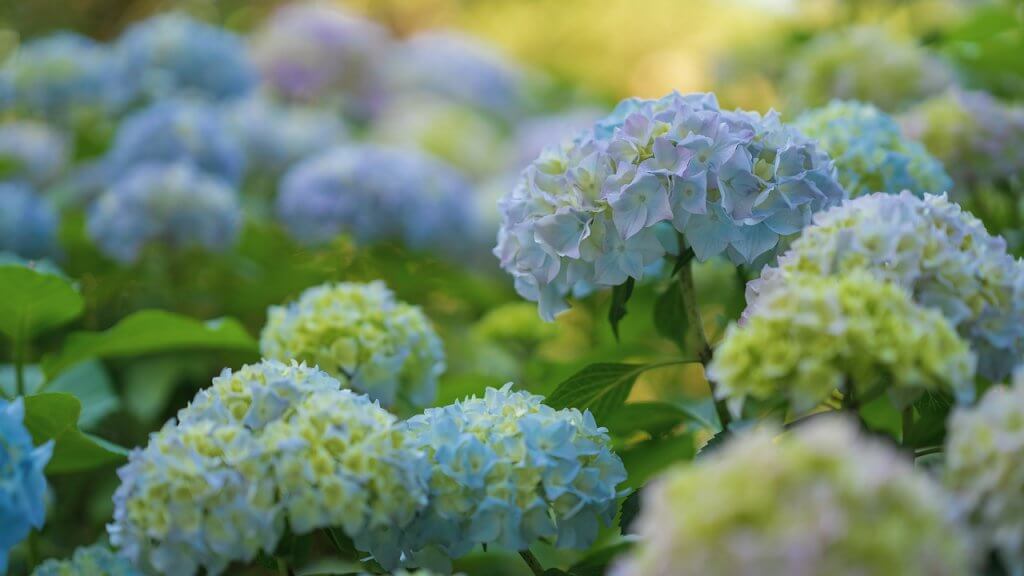FIVE COMMON TREE AND SHRUB CARE MISTAKES
Homeowners hire turf care companies because they care about the appearance of their properties. They understand that, for grass to look its best, it must be healthy. The same is true for other elements of your landscaping. Ornamental trees and shrubs also need special attention to look their best and flourish. Unfortunately, people who take on these tasks themselves often find that it’s easy to make serious and harmful mistakes. Avoiding these errors can save you a lot of time, energy, and expense.
1. The Right Fertilizer for the Job
All grass isn’t the same — specific varieties require different combinations of nutrients to thrive. The same is true for other types of plants. It’s important to do careful research or consult with a professional to avoid damaging your trees and shrubs. The wrong type of fertilizer, the wrong amount of the right type, or the right amount of the right type at the wrong time can rapidly damage plants or even kill them.
2. Prudent Pruning
Similarly, different plants respond differently to different methods employed at different times. There are a few general rules you can rely on. For example, to reduce the risks of pests and diseases, avoid cutting too close to the base of any type of tree. But even these rules sometimes have important exceptions, like ideal timing. We tend to associate pruning with winter and early spring, but some plants won’t reach their full potential if they’re cut back at that time. Again, research or consultation with a tree and shrub care professional can provide critical information.
3. The Plant Is the Boss
You might have a vision for the design of your landscape, but it’s important to get familiar with the needs of the specific plants you’re choosing. Some will need more hours on sunlight per day than others; if you’re in an area that gets a lot of rain, some plants may be fine in soggy soil while others get root rot. You might think that two varieties of flowering plants will look great together, but if they need different kinds of soil, one of the two may not grow to be as abundant or attractive.
4. Water Right
Too much water can be just as much of a threat as too little. An analysis of your soil can tell you a lot; for instance, how much moisture it tends to retain. A professional can explain your options for addressing any problems. Then you can consult your plant tags and, once again, research to make sure trees and shrubs are getting the right amount of water at the right frequency.
5. How Much Mulch?
Mulch helps to retain moisture, moderate soil temperature, and discourage weeds – when the right amount is used. One to three inches is the ideal depth. It’s best to keep some space clear around the bases of trees and shrubs. Direct contact at ground level may cause trunk rot and slow the growth of roots.
Maintaining the health of your plants is a job that never really ends. You can be proud of all that effort when the result is a house surrounded by a lush lawn, beautiful shrubbery, and sturdy trees. If you’re looking for some professional support and guidance, the technicians at Southern Lawns are happy to help.





